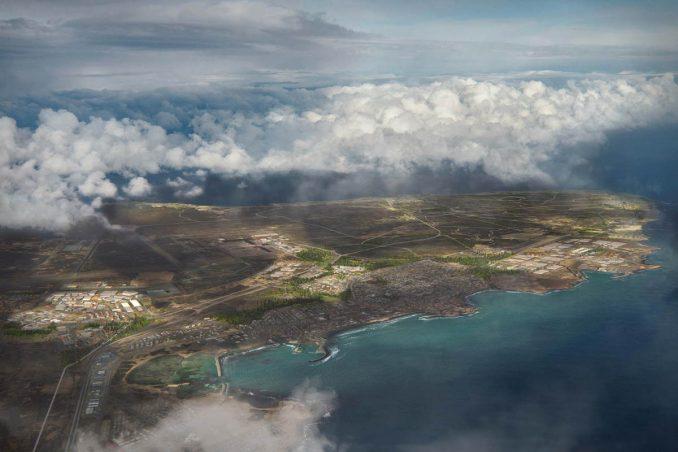
The K64 Keflavík Airport Area Masterplan has been developed by a multidisciplinary team led by KCAP, including WSP, FELIXX, MIC-HUB, VSO Consulting, Buck Consultants International, Buro Happold, Base Design, Maurits Schaafsma, and Kanon Arkitektar.
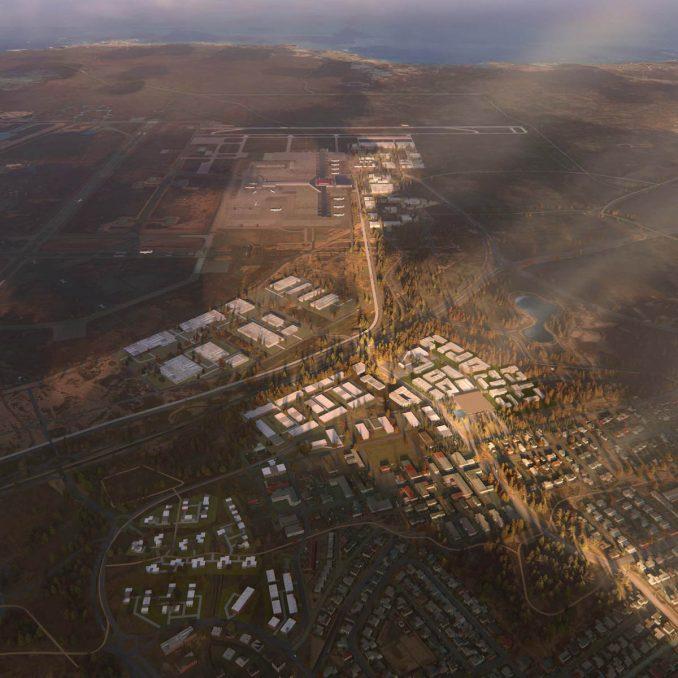
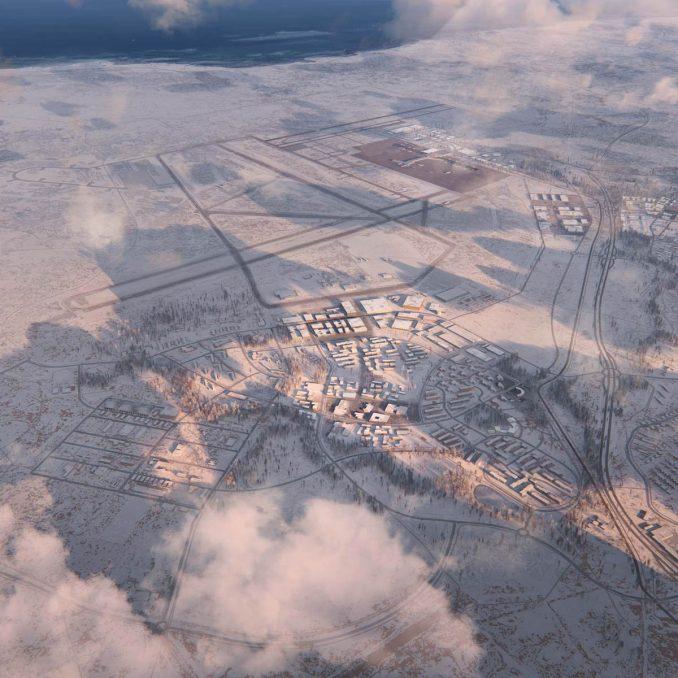
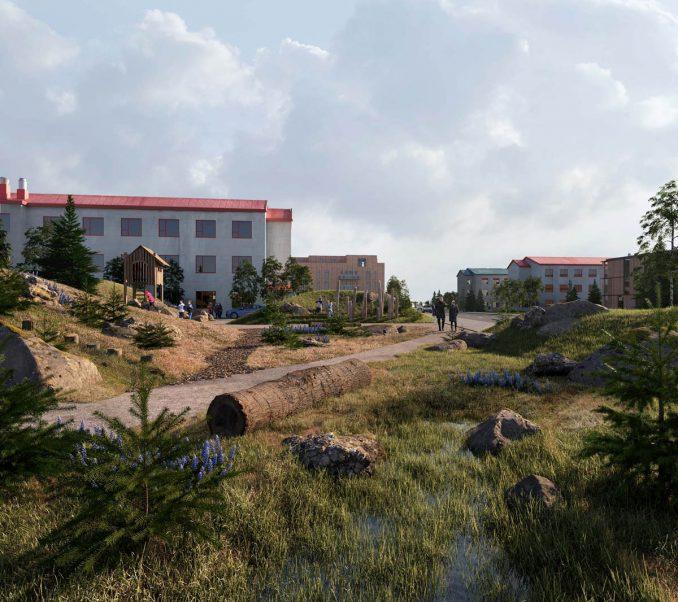
Located 50 km away from the capital Reykjavík, the Suðurnes peninsula with Keflavík International Airport is Iceland’s most emblematic gateway. Home to the Reykjanes UNESCO Global Geopark, the airport area is exceptionally well suited to become one of the leading developments for sustainable innovation in the aviation, energy, and technology sectors. Codenamed K64 – for it straddles the 64th parallel north – the Keflavik Airport Area Masterplan aims to be a catalyst for innovating the Icelandic economy. It’s a grand project designed to develop the full potential of this unique territory and explore untapped opportunities in relation to the global challenges of the future. Building on its privileged position at the intersection of the northern Atlantic routes and banking on the Icelandic progressive way of thinking, K64 aims to converge influxes of people, assets, and technologies toward a forward-looking environment, specifically designed to foster partnership, creativity, and knowledge.
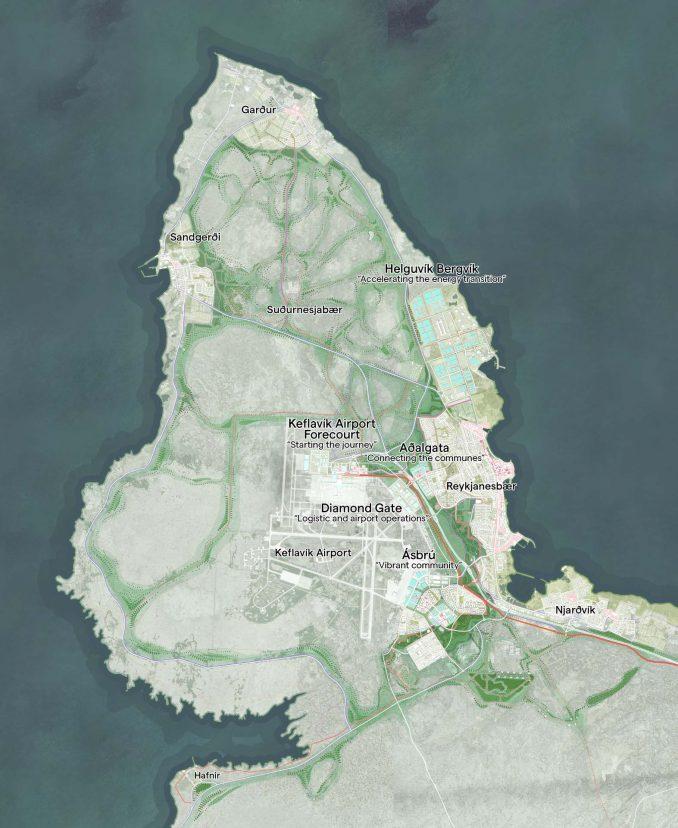
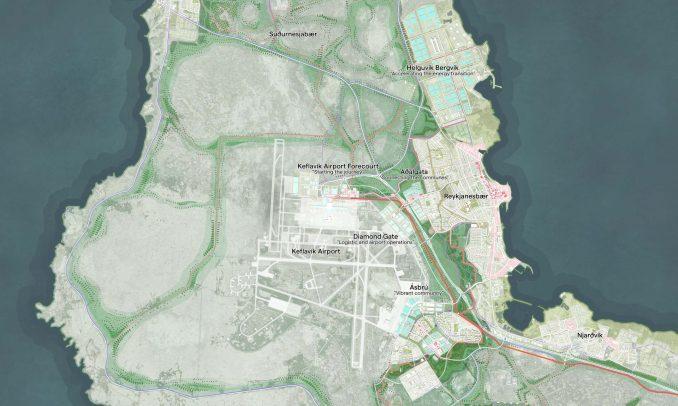
K64 has proposed an incremental strategy to guide the long-term transformation of the Suðurnes peninsula towards sustainable growth. This involves identifying focus areas for development that mutually reinforce economic activities and local communities.
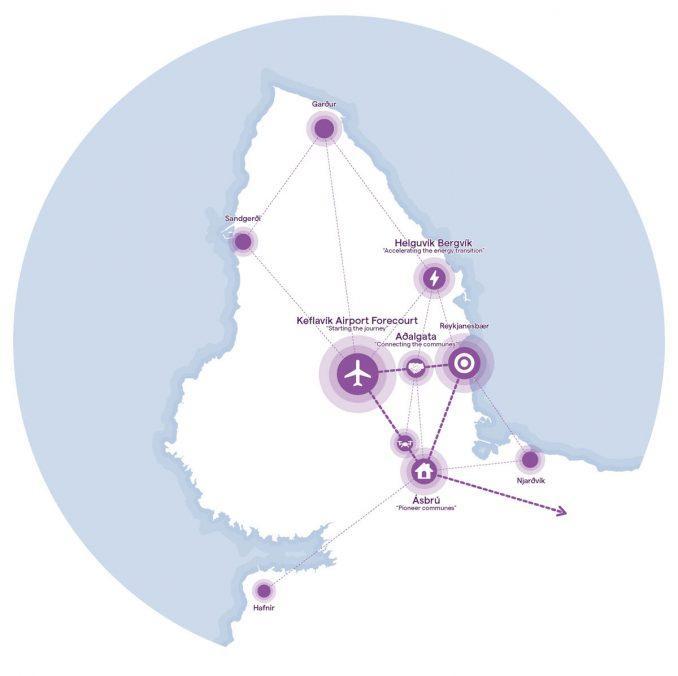
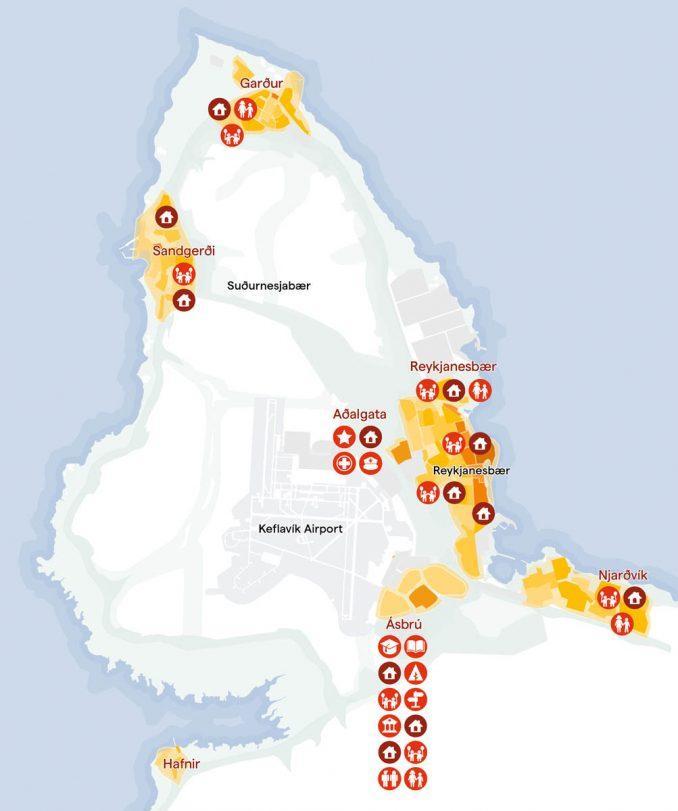
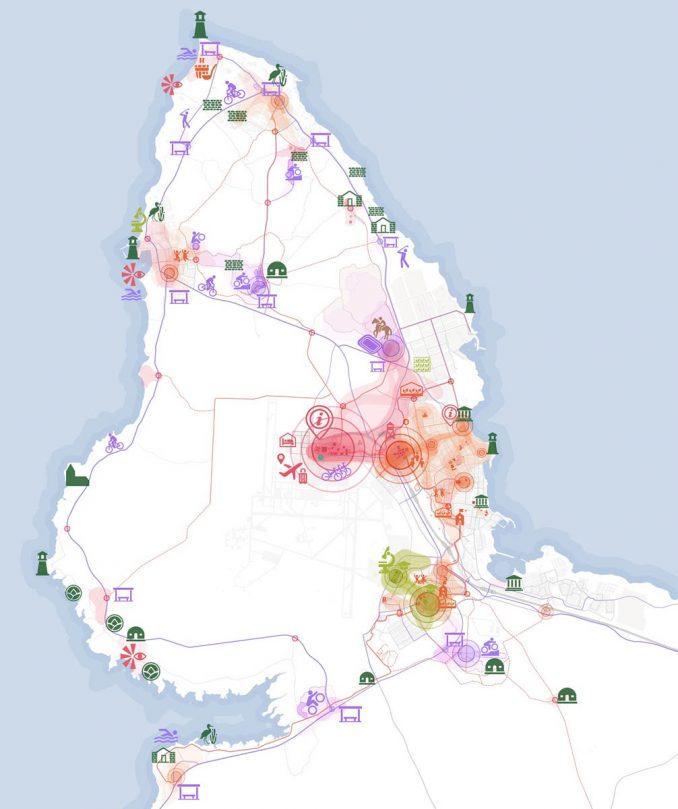
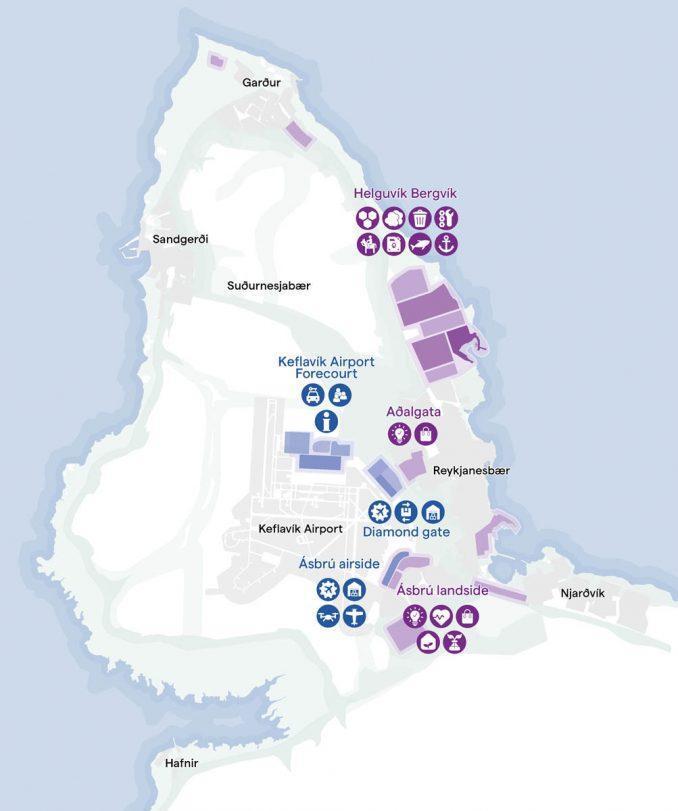
The first focus area is the Gateway to Iceland, which spans from the Airport Forecourt to the Aðalgata area. This highly dynamic district combines residential, community, and R&D programs, and includes the adjacent Diamond Gate logistics hub.
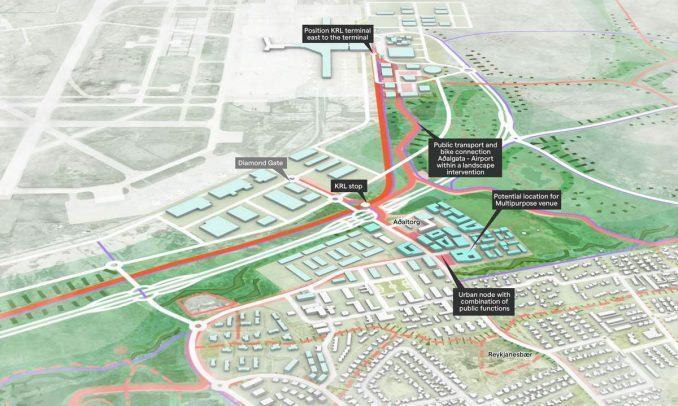
The second focus area is Ásbrú, located on the southern edge of the airport. This campus-like area aims to foster aviation activities and R&D, start-up programs, light industries, and residential densification. The former NATO settlement will be transformed into a neighborhood that is both modern and cozy.
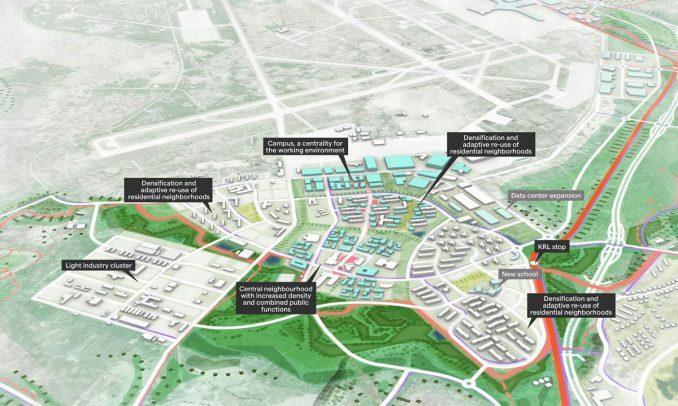
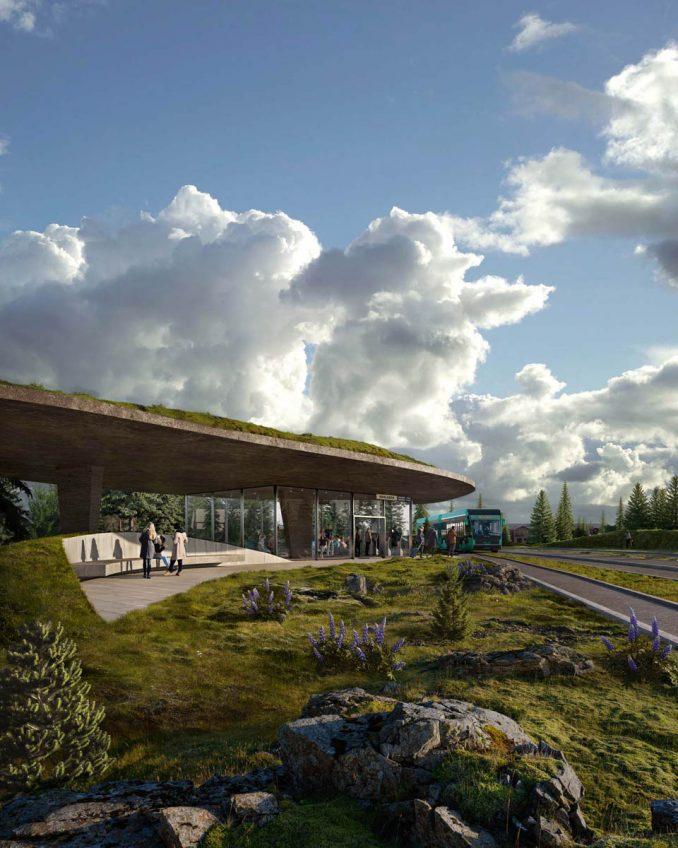
The third focus area is Helguvík, north of Reykjanesbær, which will lead eco-industrial development by converting existing port and manufacturing infrastructure to create a circular-economy environment. This will include a construction hub and a Sustainable Aviation Fuel (SAF) facility, with the potential to spearhead energy transition in Iceland and beyond.
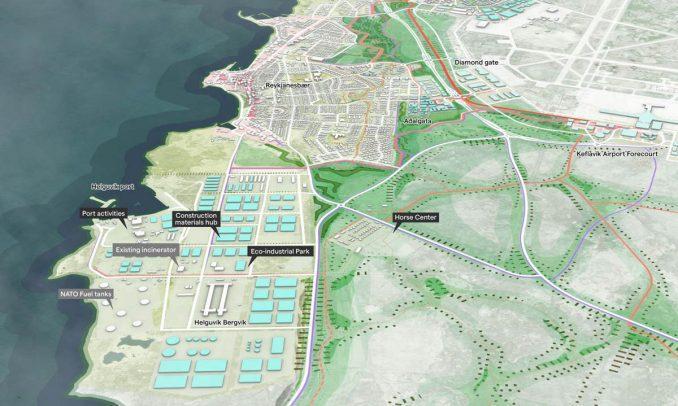
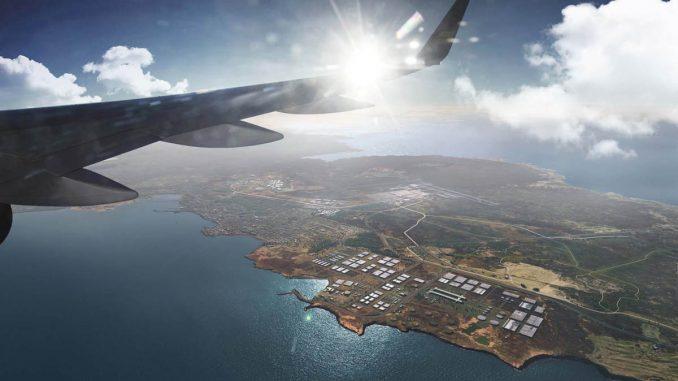
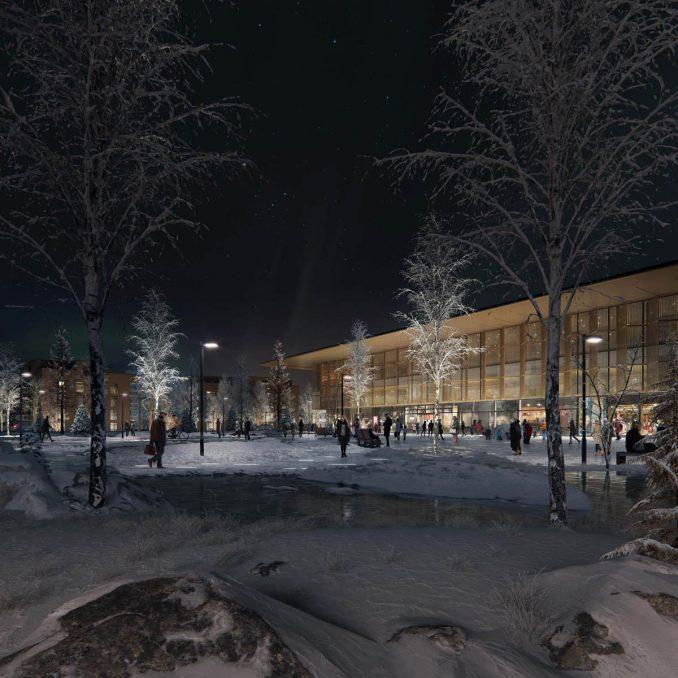
To ensure the sustainability of the K64 initiative, urban design, landscape, and mobility strategies are intertwined in an ecosystem that connects, protects, and enhances while supporting activity and population and employment growth. The urban framework promotes compact urban development anchored on the existing build-up context, while striving for the mixing of uses as a development principle. It establishes a distinct spatial logic for airport-related activities around the airport.

The vast landscape that currently separates the clusters will grow into a uniting peninsula park. The landscape strategy takes the concept of afforestation as its basic premise to mitigate the harsh climate conditions and create comfortable conditions that allow for shared programs, outdoor facilities and cycling networks. Resilient transport networks and increased public transport services, including a peninsula wide DRT offer, improve the local connectivity between the urban nodes. A high-speed connection to Reykjavík through a KRL line embeds the archipelago into the capital’s mobility system. The energy strategy strives for diversification and decarbonisation of local energy systems while generating economic development with innovative solutions for the mid to long term. These spatial strategies are underpinned by economic strategies for industries, knowledge and cargo development to create a resilient and diverse industrial base, develop business opportunities for green and hi-tech activities, and ultimately create an international competitive business destination.
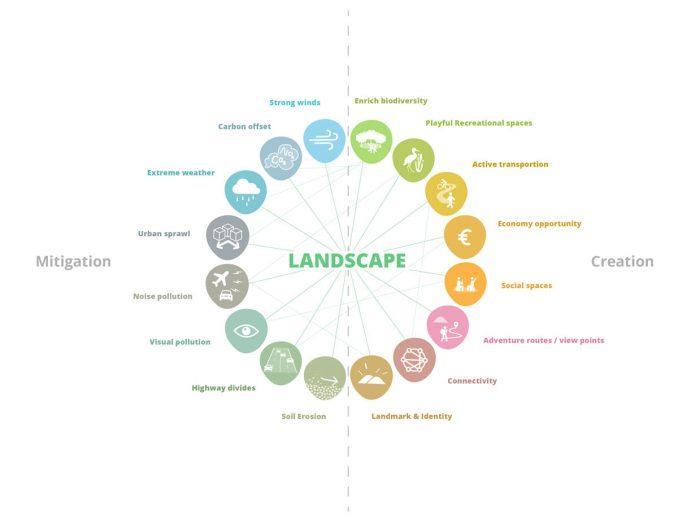
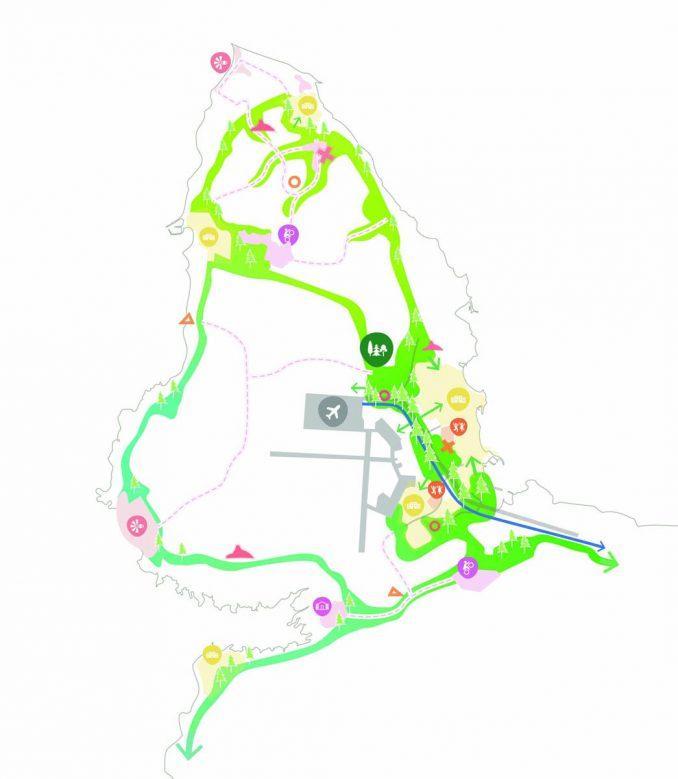
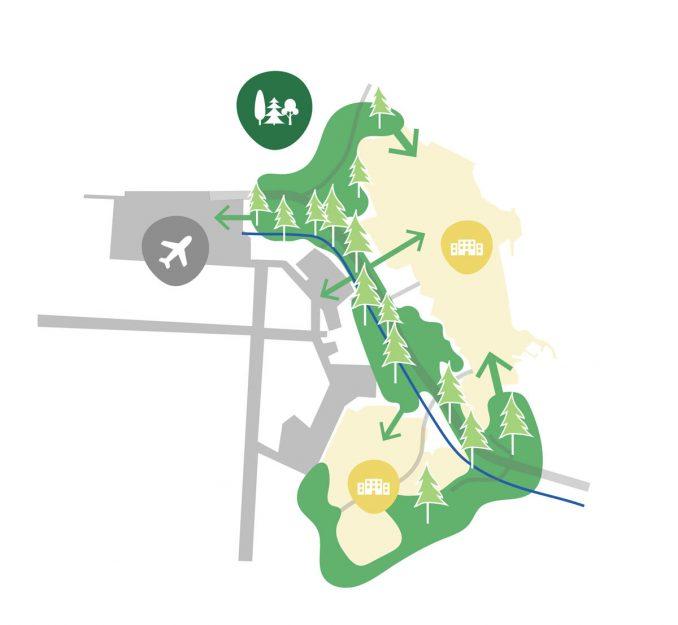
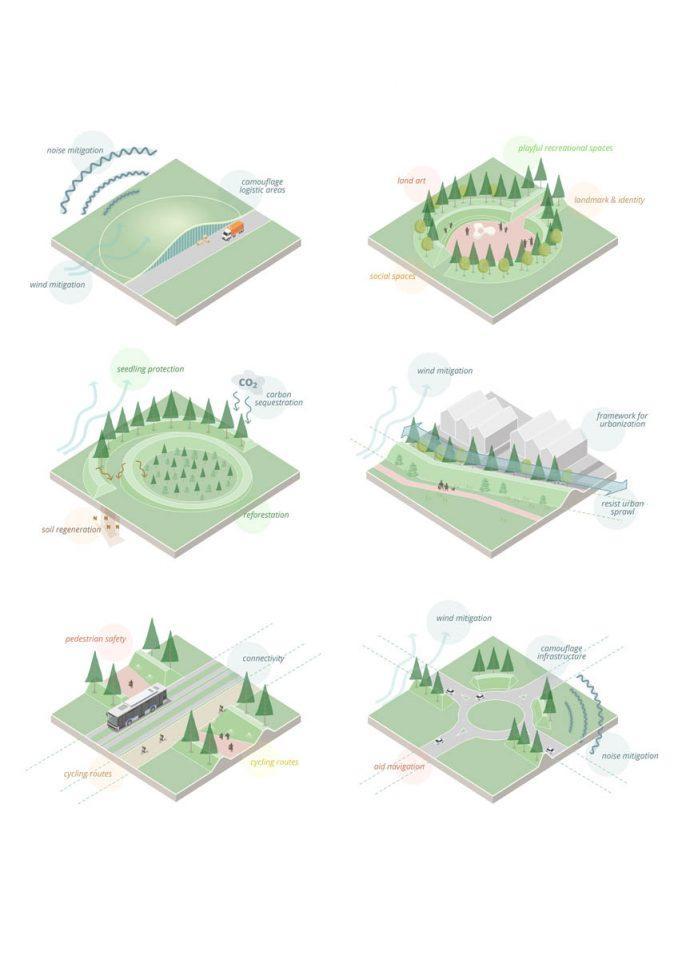
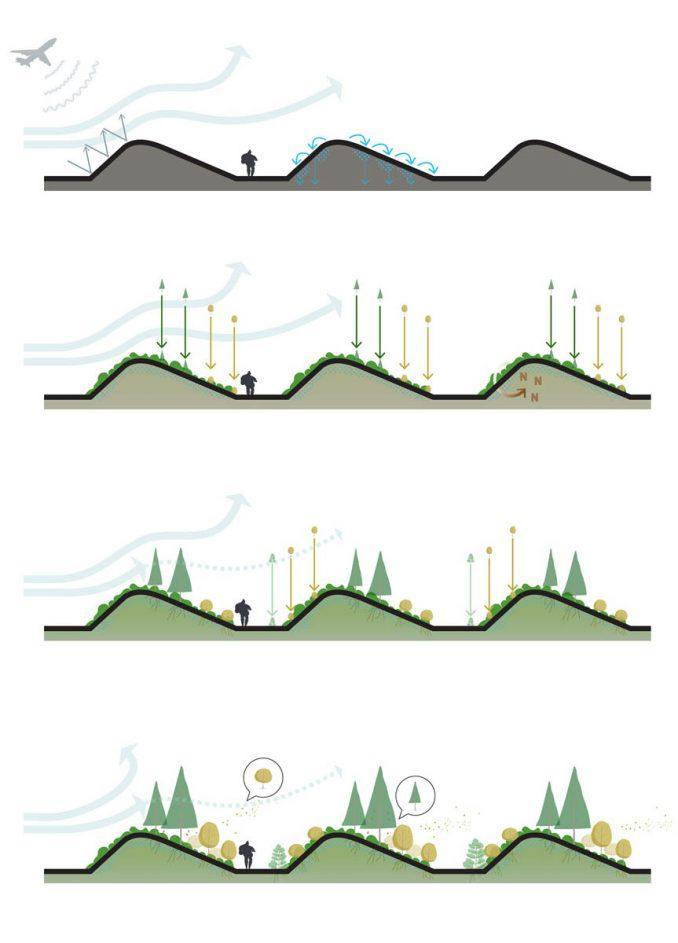
The masterplan went through an intense participatory process with a large group of stakeholders, and has political support by the local and national government. Anouk Kuitenbrouwer, partner at KCAP, states that “working on the spatial and economic master plan over the past year has been an incredible journey. We hope that the joy and inspiration we have experienced in collaborating as a team and with the many stakeholders translated into a robust plan for this ambitious long-term endeavour.” It will be presented at the upcoming Passenger Terminal Conference in Amsterdam and at MIPIM in Cannes.
K64 Keflavík Airport Area Masterplan
Location: Keflavik, Iceland
Team: The multidisciplinary team led by KCAP includes WSP, Felixx Landscape Architects & Planners, MIC Mobility in Chain, VSO Consulting, Buck Consultants International, Buro Happold, Maurits Schaafsma, Base Design, Amberg Loglay (competition phase) and Kanon Arkitektar.
Client: Kadeco (Keflavík Airport Development Company)
Visuals and drawings: © KCAP, © Felixx, © MIC-KCAP © PLOMP
